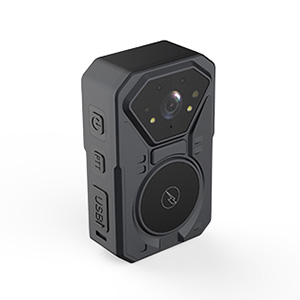
# Body-Worn Cameras: Enhancing Transparency and Accountability in Law Enforcement
## The Rise of Body-Worn Cameras in Policing
In recent years, body-worn cameras (BWCs) have become an increasingly common tool for law enforcement agencies worldwide. These small devices, typically attached to an officer’s uniform, record audio and video interactions between police and the public. The adoption of this technology has sparked important conversations about police accountability, transparency, and public trust.
## How Body-Worn Cameras Work
BWCs are designed to be lightweight and unobtrusive while providing clear documentation of police encounters. Most models feature:
– High-definition video recording
– Night vision capabilities
– Automatic activation in certain situations
– Secure data storage systems
– Long battery life for extended shifts
The footage captured by these devices serves as an objective record of events, which can be crucial for investigations, court proceedings, and internal reviews.
## Benefits of Body-Worn Camera Implementation
The use of BWCs offers numerous advantages for both law enforcement and the communities they serve:
### 1. Increased Transparency
Video evidence provides an unbiased account of police-public interactions, helping to clarify what actually occurred during contentious incidents.
### 2. Improved Officer Accountability
Knowing they’re being recorded often encourages officers to adhere more strictly to protocols and de-escalation techniques.
### 3. Enhanced Public Trust
When communities see that police interactions are being documented, it can help rebuild trust between law enforcement and civilians.
### 4. Better Evidence Collection
BWC footage often provides clearer evidence than witness testimony alone, which can be affected by memory or perception issues.
### 5. Reduced Complaints
Studies have shown that the presence of BWCs leads to fewer complaints against officers, as both parties tend to modify their behavior when being recorded.
## Challenges and Considerations
While BWCs offer significant benefits, their implementation isn’t without challenges:
### Privacy Concerns
Recording in sensitive situations (such as domestic violence cases or medical emergencies) raises important privacy questions that agencies must address through clear policies.
### Data Management
The massive amount of video data generated requires secure storage solutions and protocols for how long footage should be retained.
### Policy Development
Departments must create comprehensive policies regarding when cameras should be activated, who can access footage, and how it can be used.
### Cost Factors
The initial investment in equipment, along with ongoing storage and maintenance costs, can be significant for many police departments.
## The Future of Body-Worn Cameras
As technology advances, we can expect to see improvements in BWC systems, including:
– Better facial recognition capabilities (with appropriate privacy safeguards)
– Integration with other law enforcement technologies
– Longer battery life and more durable designs
– Advanced analytics to help process footage more efficiently
The continued evolution of this technology will likely play a crucial role in shaping the future of policing and community relations.
Keyword: body worn cam
## Conclusion
Body-worn cameras represent a significant step forward in promoting transparency and accountability in law enforcement. While not a perfect solution to all policing challenges, when implemented with thoughtful policies and proper training, BWCs can serve as valuable tools for both officers and the communities they protect. As more agencies adopt this technology and refine its use, we can expect to see ongoing improvements in police-community relations and the overall justice system.